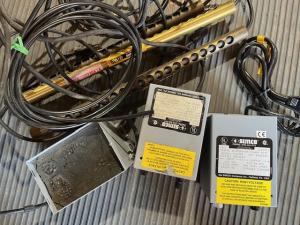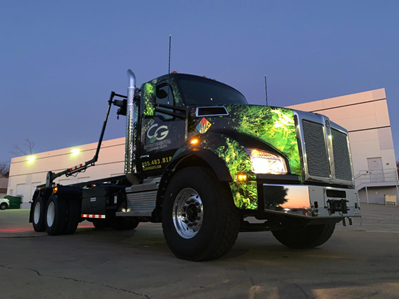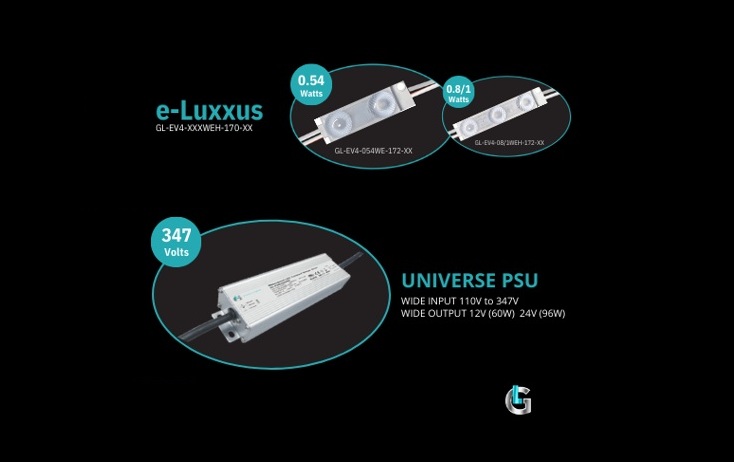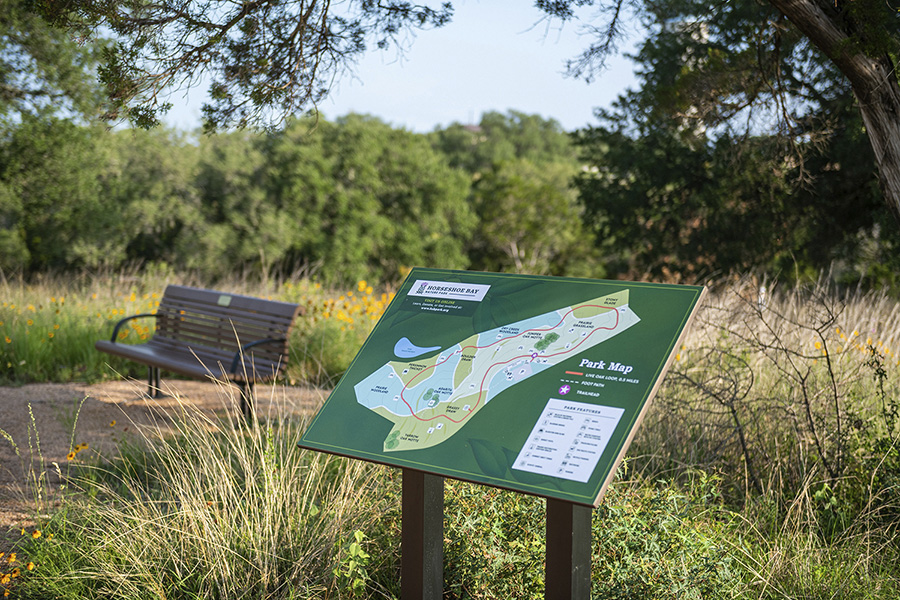Crowds and creatives: OOH strategies that connect

As Canada’s music scene surges, concerts draw record-breaking crowds and transform cities into cultural hotspots. For brands, this presents a unique opportunity: reaching highly engaged audiences inside venues and throughout their entire journey to and from a show.
To understand how brands can maximize out-of-home (OOH) activations in this environment, Sign Media Canada spoke with Lorena Forster, sales director at Vistar Media in Toronto and an expert in OOH strategy. She shared insights into personalization, placements, and why the journey is as important as the destination.
Sign Media Canada (SMC): Why should brands see the surge in concerts as an opportunity for immersive activations?
Lorena Forster (LF): This is a time when people are outside, engaged, emotionally connected, and fully present. Out-of-home (OOH) screens go hand in hand with that. The real opportunity is in tailoring—using data to dynamically change creative. For example, referencing the time of day, the weather, or the artist people are going to see. If the sun is setting or it’s a hot day, brands can adapt their messaging in real time, making it super relevant in that engaged moment.
SMC: How can activations be tailored to different genres and fan communities?
LF: A couple of ways. One is understanding the event calendar and which artist is playing, then tailoring the creative directly to that. Beyond just naming artists, it’s about speaking to the moment people are in. Dynamic triggers help here—for example, acknowledging the temperature, time of day, or concert start time. Even subtle cues like “get amped for tonight” can make a creative feel immediate and personal.

SMC: What’s working especially well today?
LF: Location is key. Anything around the concert venue works—big screens like you see at Scotiabank Arena, or smaller place-based screens that audiences pass on their way in or out. People move through multiple touchpoints on their journey, and each is an opportunity.
SMC: Can you share standout examples from Canadian cities?
LF: Recently, YSL ran a campaign around Dua Lipa’s show at Scotiabank Arena in Toronto. She’s the face of their perfume, so the fit was perfect. They had billboards outside, experiential trucks, and were handing out samples. It was a great example of merging traditional OOH with experiential engagement.
SMC: Beyond venues, what role does the consumer journey play?
LF: Take Rogers Stadium in Toronto as an example. From the subway, there’s a long walk to the venue—prime space for boards and activations. Brands can reach audiences in a very personal way by acknowledging that journey. On the way home, you can also serve creative that speaks to the after-show mindset. To tie it all together, you can retarget audiences later, on mobile or social, if they were exposed to your digital OOH ads.
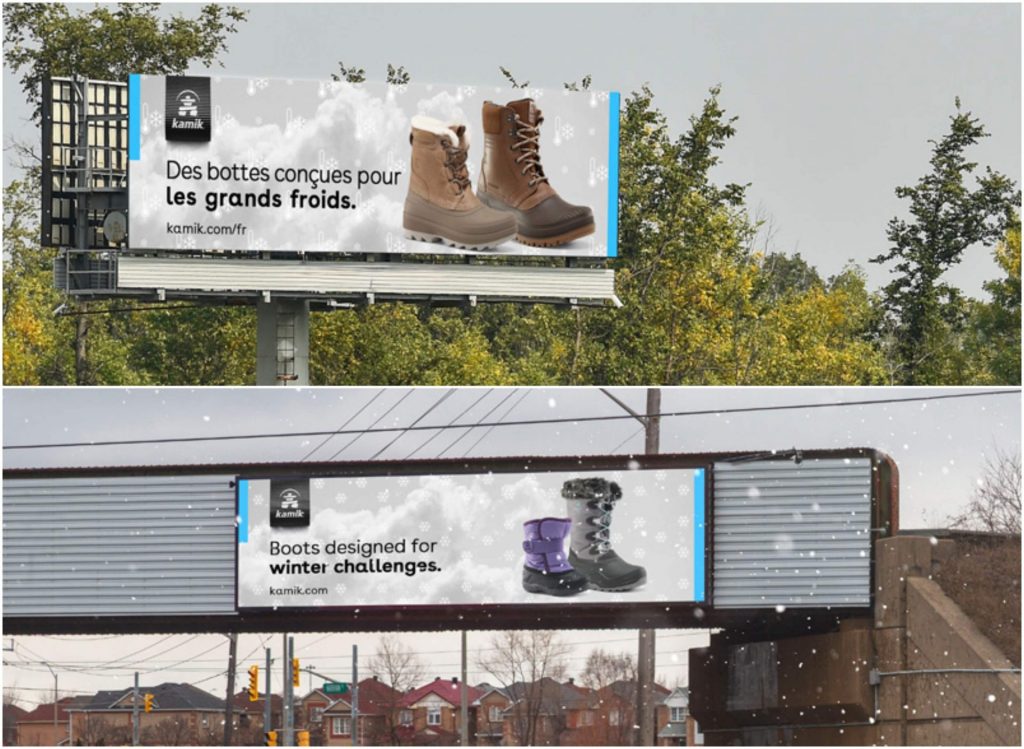
SMC: Do demographics influence how brands activate?
LF: Definitely. The Dua Lipa example shows the value of aligning with the right audience. Another example is Amazon Prime Video, which we activated around Osheaga and Budweiser Stage last year. We tied campaigns for their shows to concerts with overlapping audiences. It’s about understanding who’s attending and speaking directly to that group.
SMC: What trends are shaping how brands show up at concerts?
LF: Personalization is huge—understanding who’s at the show and tailoring messaging to them. Beyond boards, brands are becoming part of the experience: hydration zones, charging stations, behind-the-scenes content. Those elements add real value. The strongest activations merge traditional out-of-home with experiential touchpoints.
SMC: How important are placements in delivering impact?
LF: Context is everything. Messaging should reflect the environment. A subway ad before the concert calls for a different creative than an ad in a bar afterward. Tailoring to the exact placement and daypart makes a big difference.
SMC: And what doesn’t work as well?
LF: Generic creative. If you simply reuse a broad campaign message at a concert, you’ll get awareness but miss the deeper impact. Tailoring is what makes audiences feel acknowledged—whether it’s referencing the event, the journey, or even just saying, “Have fun at the show.”
SMC: Concerts attract massive crowds. How can brands make the most of that scale?
LF: It comes back to speaking to emotions in the moment. Concertgoers feel excitement, anticipation, or energy. If a brand can tie into those feelings—whether through refreshment, fun, or retail—it makes the messaging resonate. Dynamic creatives tied to data points like traffic or weather can also acknowledge what audiences are experiencing in real time.
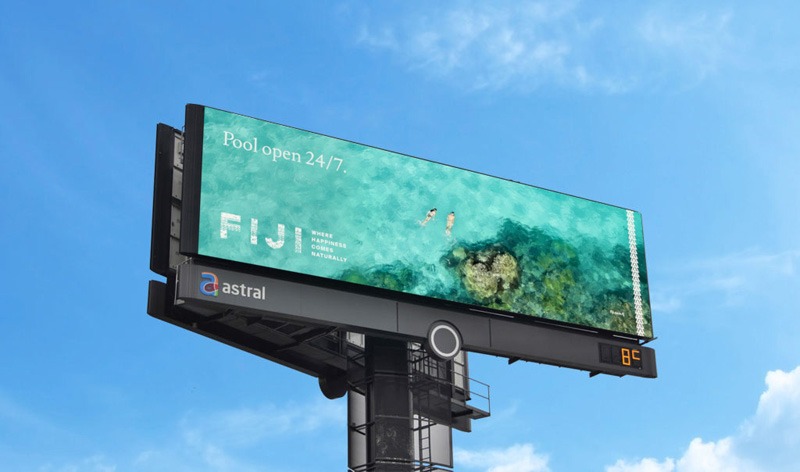
SMC: Overall, are these activations more about awareness than conversion?
LF: Exactly. Concert activations are primarily awareness-driven, but dynamic creative ensures that awareness is meaningful. For example, when traffic is heavy, creatives can acknowledge it, making ads feel responsive to the lived experience.

